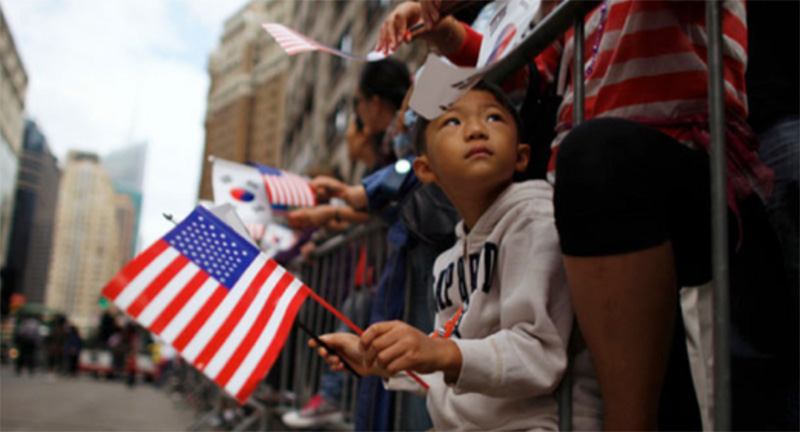The early Chosun (Joseon) Dynasty established themselves 1392 and lasted until 1912. Within the context of East Asia, the Korean peninsula had established itself as a tributary state as far back as the 4th century CE. This relationship had far reaching effects on Korean society and its internal power structure.
This lesson has two components plus some extensions.
1) Students will learn about the Tributary relationship between China and Korea and how the elites (yangban) maintained power through their adoption of Neo-Confucianism. Students will analyze primary sources to practice those skills and will use secondary sources to find evidence demonstrating the importance of Neo-Confucianism in the Joseon court.
2) Day 2 explores the role of language as a tool of maintaining power. Students will explore King Sejong’s creation of Hunminjeongeum (later called Hangul) as a way of educating the people and will also explore the role of the elites in suppressing the expansion of Hangul. The day includes students creating arguments for either the expansion or suppression of Hangul as well as counter-arguments to help practice the skill of using evidence to analyze.
Download:
PDFWord










